Discover how yoga and AI together can combat pilot fatigue and cognitive lapses—highlighting real-world crashes and offering preventative health strategies for aviation professionals for smart skies
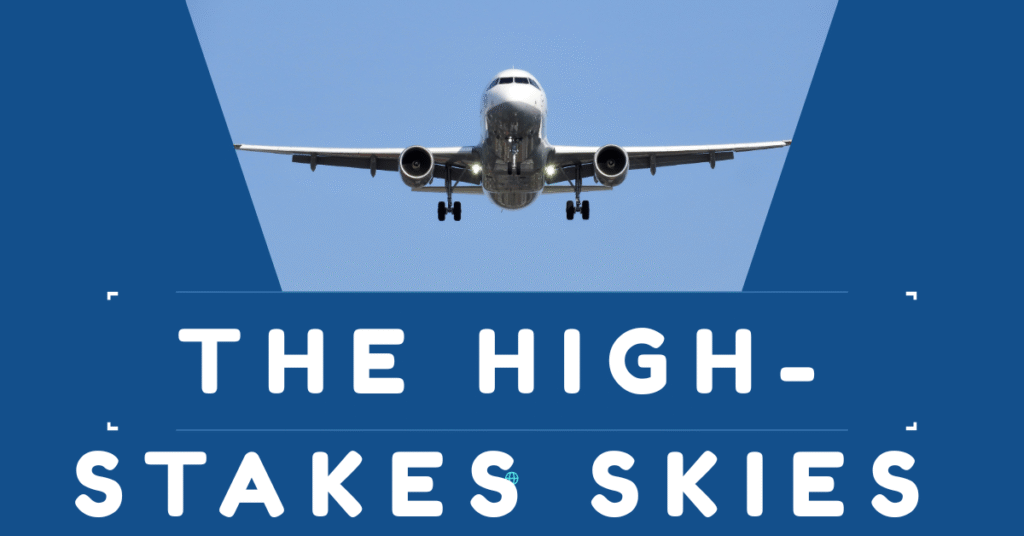
The High-Stakes Skies
Pilots operate under extreme stress—jet lag, disrupted sleep, high responsibility, split-second decision-making. This makes pilot fatigue, cognitive decline, and burnout a critical safety issue in smart skies.

Why Traditional Fixes Aren’t Enough
Caffeine, strict schedules, and naps can only partially counteract underlying problems in smart skies. They don’t address root causes like disrupted circadian rhythms or high stress levels.
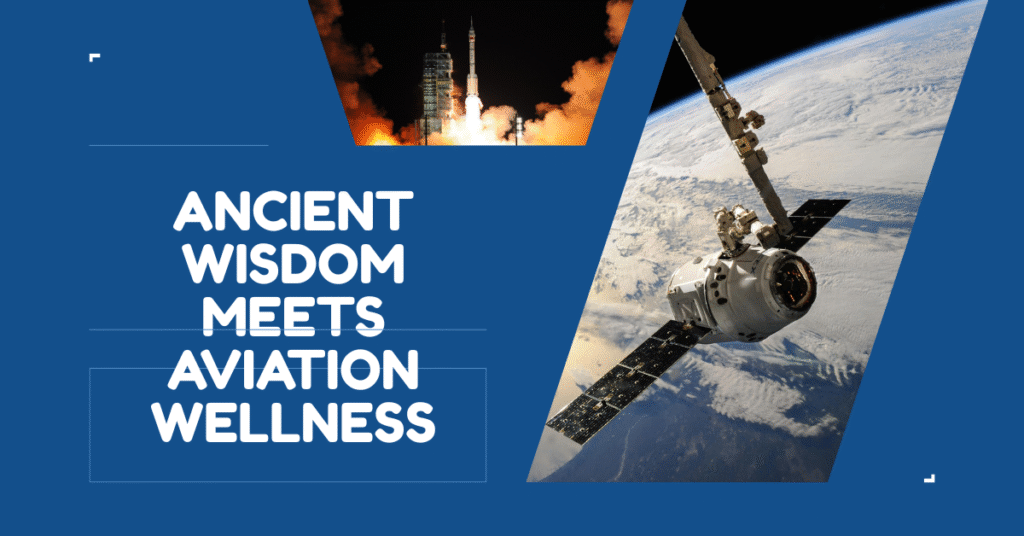
Yoga: Ancient Wisdom Meets Aviation Wellness
- Pranayama (breathing): Improves oxygenation and calms the nervous system.
- Mindfulness & Yoga Nidra: Proven to reduce cortisol, elevate GABA, enhance clarity.
- In-flight Asanas: Simple stretches and breathwork can relieve cockpit tension and reset focus for smart skies.
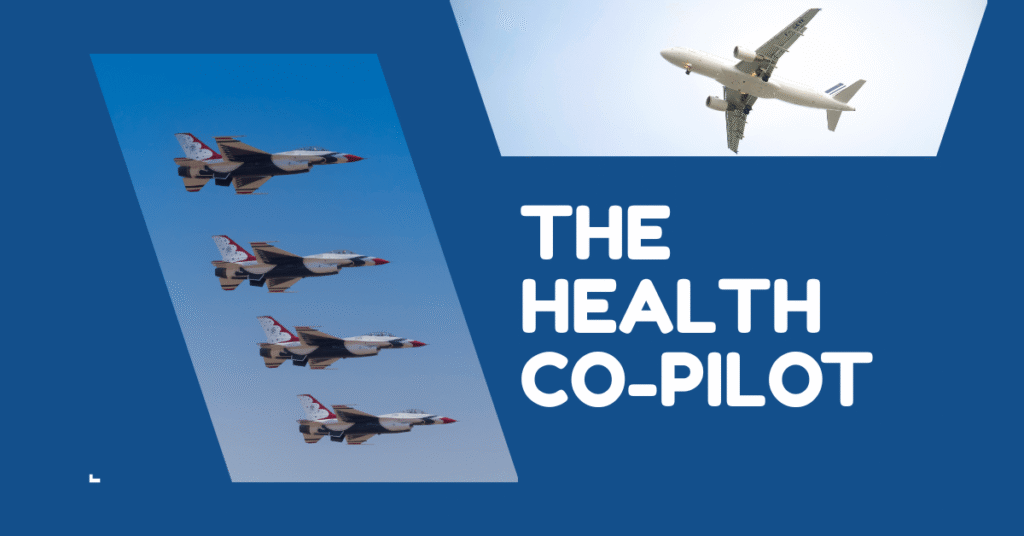
AI: The Health Co-Pilot
- Real-time biometrics (EEG, HRV) track fatigue and cognitive load (Wikipedia).
- Predictive models anticipate burnout or fatigue trends.
- Wearables (WHOOP, Garmin) integrate with yoga API to tailor wellness plans.
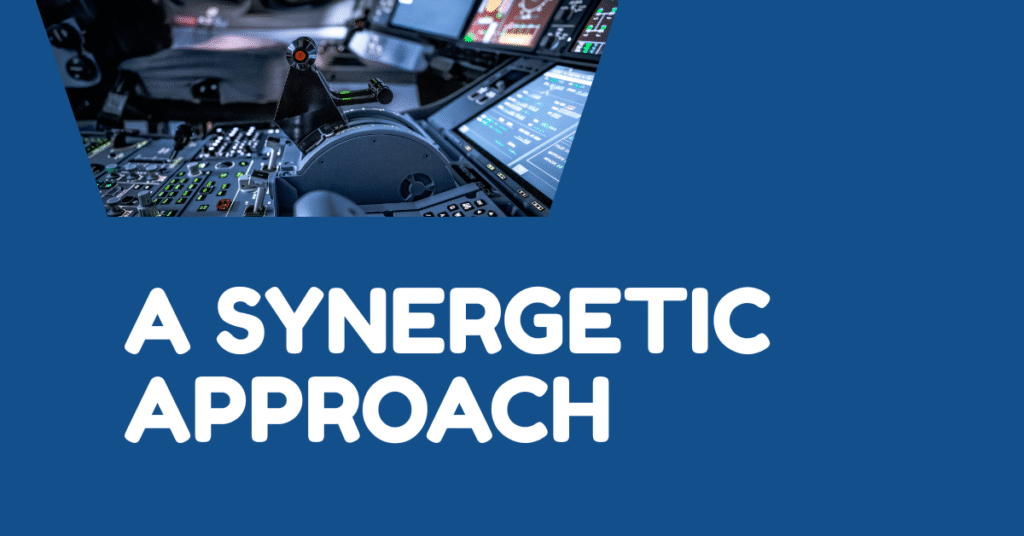
AI + Yoga: A Synergetic Approach
AI-driven insights enable customized yoga modules:
If sensors detect decreased HRV or increased brainwaves, the system suggests a targeted pranayama or Yoga Nidra session for smart skies.
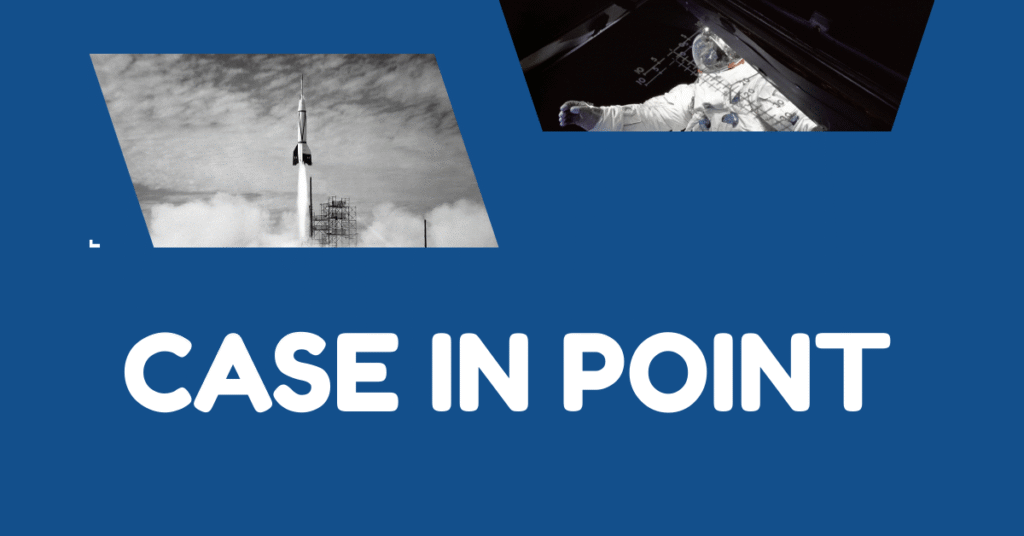
Case in Point: Beechcraft B200 Super King Air Crash
The July 2025 Beechcraft B200 Super King Air near London tragically killed 13 people (The Economic Times). Preliminary reports reveal:
👉 How yoga + AI might help in smart skies:
- Real-time fatigue indicators could have flagged impaired cognition.
- Short daily yoga to reduce stress and improve mental clarity.
- AI alerts prompting situational reassessment or takeovers.
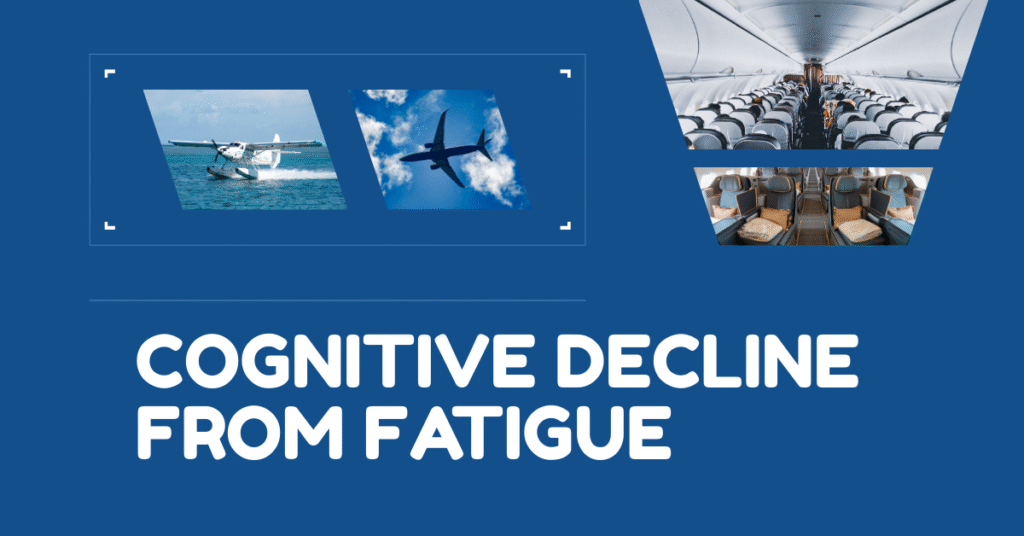
Cognitive Decline from Fatigue: Preventable but Overlooked
Historical crashes like Asiana 214 and AIA 808 showed similar patterns. Crew fatigue impairs decision-making, situational awareness, and reaction times hindering smart skies (Wikipedia, The Standard, Wikipedia).
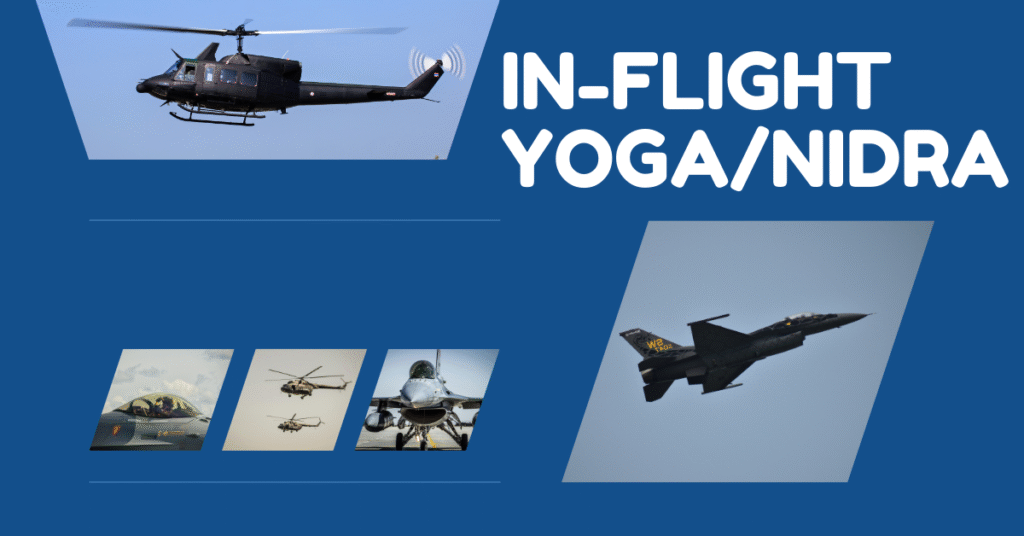
In-Flight Yoga/Nidra for Fatigue Recovery & Impact of holistic yoga practice in general
- Simple exercises (shoulder rolls, neck stretches) can be done pre- or post-flight.
- Yoga Nidra—even 15 minutes—can mimic deep sleep and swiftly restore mental acuity through inducing deep rest, helping with insomnia, jet lag, and mental fatigue..
- Yoga Balances prana and mental shakti, reducing stress, anxiety, and aggression.
- Cleansing kriyas (neti, dhauti, kapalbhati) detoxify body systems and improve metabolic function.
- Regulates digestion and respiration, enhancing adaptability to high-altitude and cabin pressure changes.
- Asanas and pranayama support cardiovascular, respiratory, and nervous system health.
- Boosts focus, stamina, and calmness during long-haul flights or emergencies.
- Prevents burnout and error-prone decisions by restoring cognitive clarity.
- Promotes mind-body harmony, supporting long-term wellness for pilots and crew.
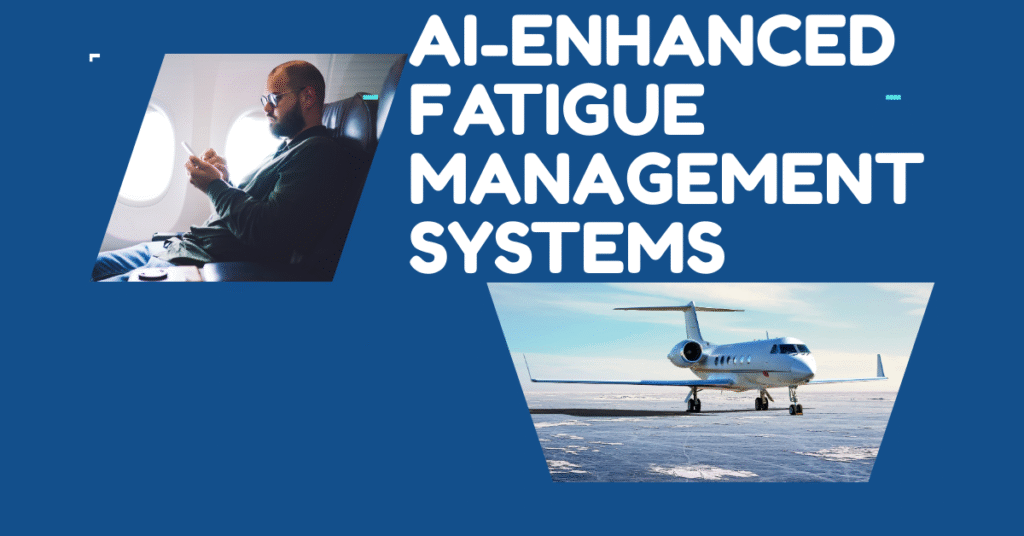
AI-Enhanced Fatigue Management Systems
- Machine learning forecasts fatigue based on historical schedules and biometrics.
- AI-powered Fatigue Risk Management Systems (FRMS) as recommended by ICAO and DGCA (SCC Online).
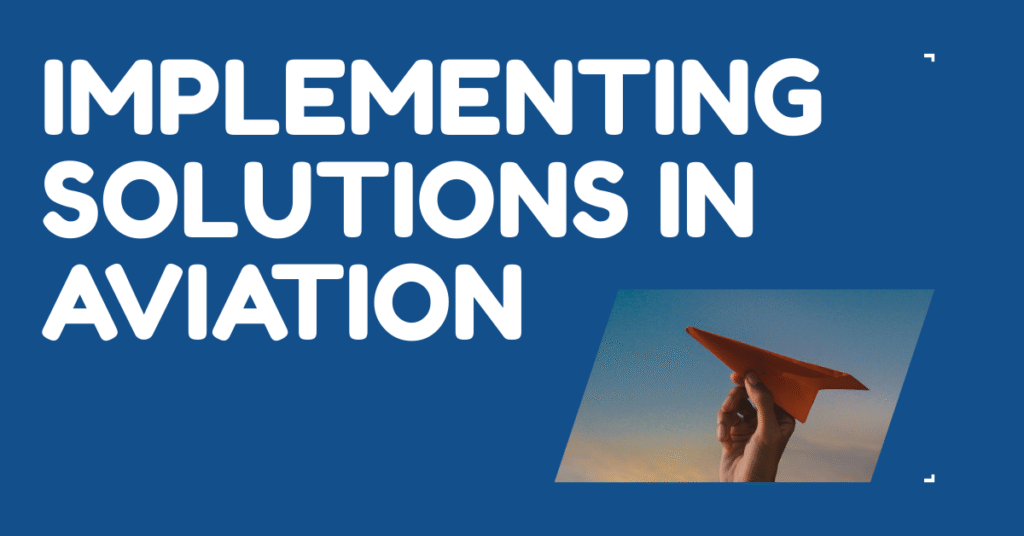
Implementing Solutions in Aviation
Airlines and regulators should:
- Equip pilots with monitored wearables.
- Integrate daily yoga/breathwork into crew routines.
- Adopt AI-driven risk systems to guide rest decisions.
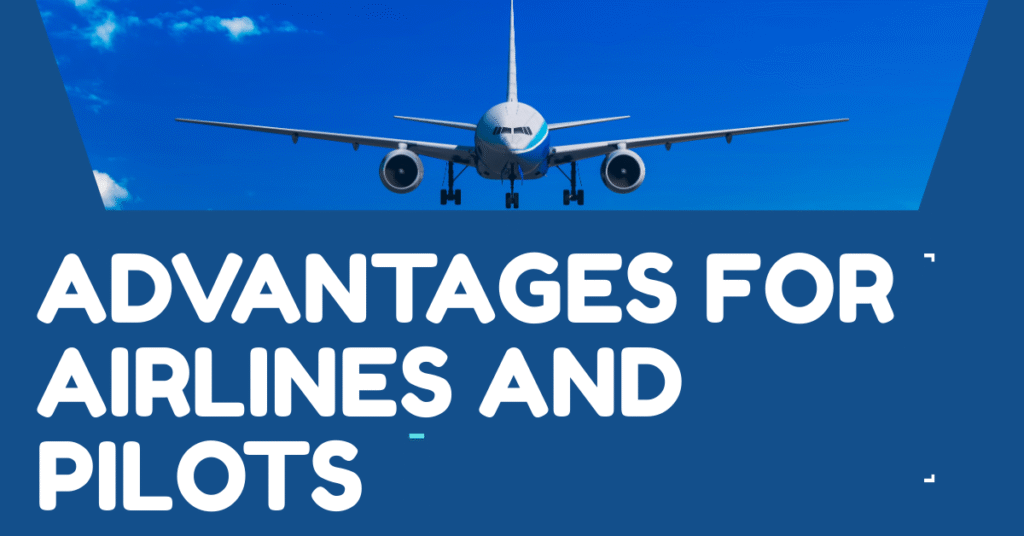
Advantages for Airlines and Pilots
- Safety – reduces cognitive error risk.
- Operational Efficiency – lowers delays and stress-related disruptions.
- Pilot Retention – improves morale and reduces burnout.

Future Outlook
- Smart cockpits full of health sensors.
- Real-time cockpit alerts for restorative micro-breaks.
- Standardized pilot yoga and AI wellness training.
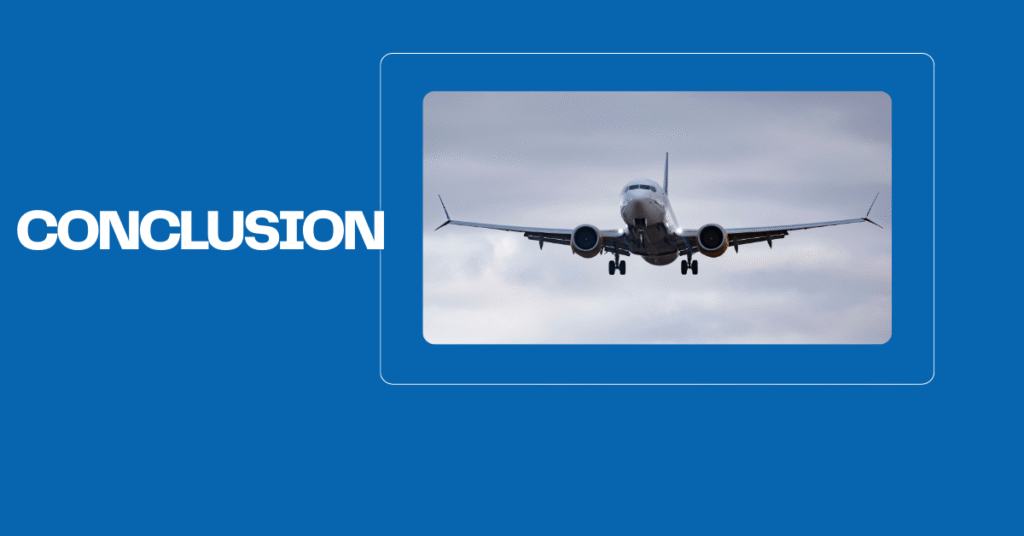
Conclusion
Integrating the ancient science of yoga with modern AI holds enormous potential for tackling pilot fatigue and manifesting smart skies. Used together, they form proactive defense lines against human error—ultimately making aviation a safer industry.
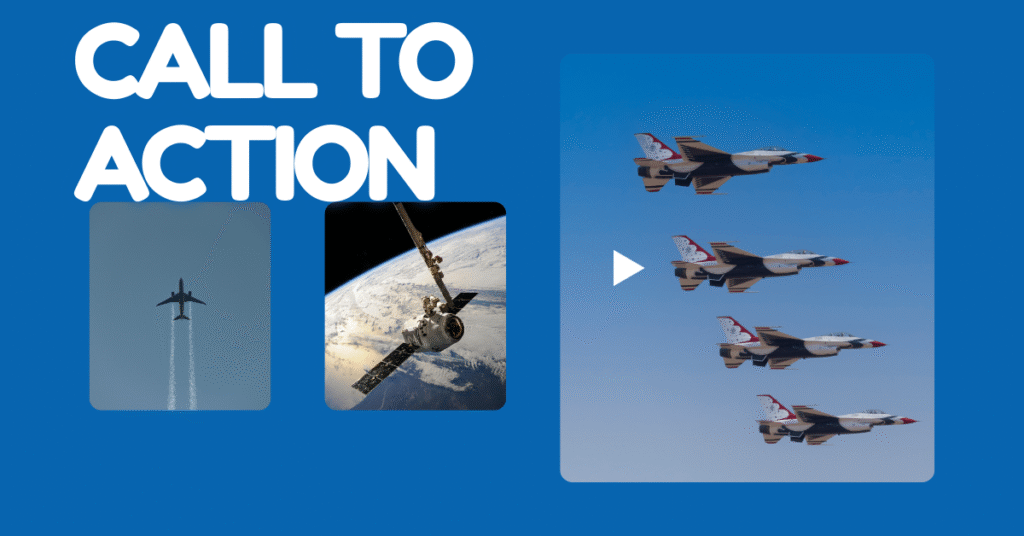
Call to Action
- Airlines: test pilot yoga programs linked with AI wearables.
- Pilots: adopt personal yoga and sleep monitoring routines.
- Regulators: mandate AI/yoga-based FRMS in pilot wellness standards.
- Start small. Breathe deep. Stay sharp.
These time-tested practices regulate energy, calm the nervous system, and promote deep rest—essential for aviation professionals. - Join a custom aviation wellness program to build resilience, clarity, and control both in flight and on ground and create smart skies.
- Your body is your cockpit—train it wisely.
Fly smarter. Live better.